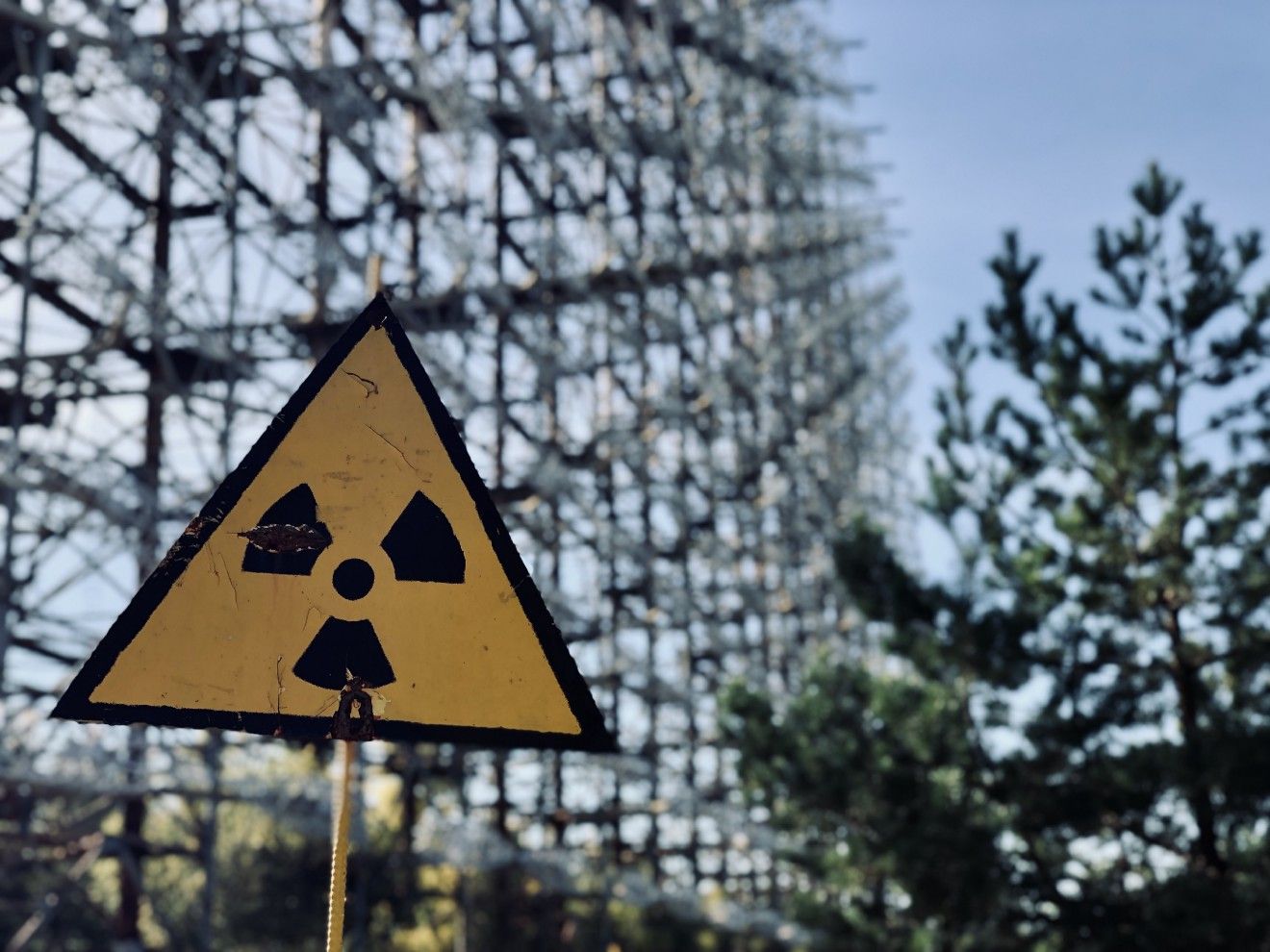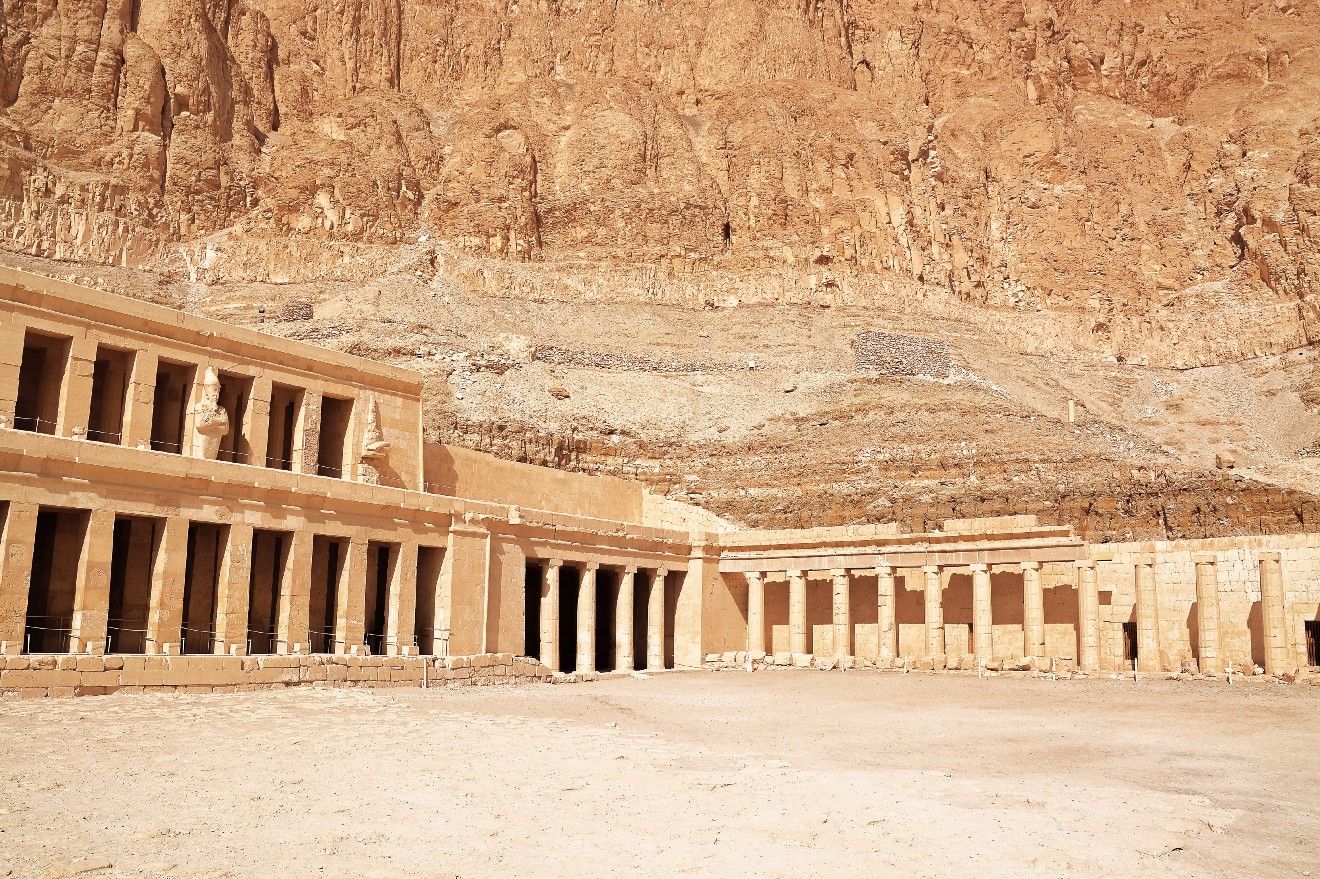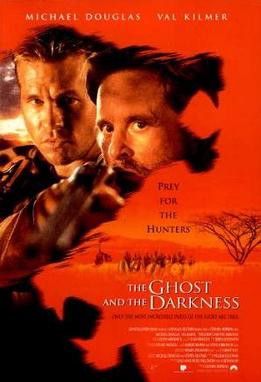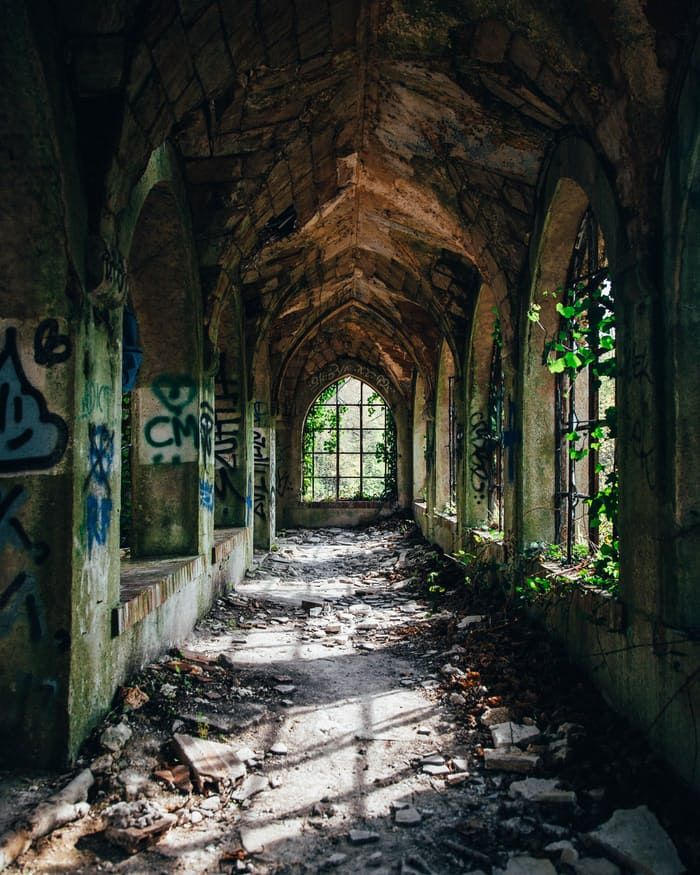How dark? How to travel? : I read Dark Tourism: Destinations of Dark Attraction

My classmate, Yuzi, who was studying at the Graduate School in Waishuangxi Times, translated the book TURISMO DARK: DESTINOS CON OSCUROS MAGNETISMOS, published in 2019 by Spanish journalist Míriam del Río. I would like to thank him for coming to me for coffee at the beginning of the month in order to present this newly released translation.
As a writer who studies the history of travel, I really want to hang a book bag, but the material in my head is too small to hang a book bag, but when I travel, I have run through many dark landscapes. Good to say I'm a bad historical apprentice studying the history of travel.
In the 1990s, two scholars, John Lennon and Malcolm Foley, who studied tourism in Glasgow, England, began to use the term "dark tourism" (also known as "dark tourism", Dark Tourism) to refer to travelers who have been involved in wars, deaths, and disasters. Different from the travel experience of various venues, tombs, concentration camps and other negative or difficult heritage (Difficult heritage), in order to distinguish the pursuit of leisure and pleasant tourism experience.

At the end of the last century, "dark tourism" gradually became a research topic in the academic circles, and more detailed discussions were carried out on its definition, types of places, and travelers' motivations for visiting. Entering the 21st century, tourism industries around the world have also brought forth new innovations, coupled with the rapid flow of Internet information, contemporary travelers, no matter what their original motivations, have participated in activities such as "dark tourism" to some extent. In 2018, Netflix also launched a travel show called " Dark Tourist", in which New Zealand journalist David Farrier introduced viewers to dark tourist attractions around the world.
This book includes 60 dark spots on five continents, and the author emphasizes that this is "not" a travel guide. However, according to Roland Barthes's theory that "the text is born, the author is dead", the relationship between authors has ended after the author completes the book, and how readers read and interpret the text is often not controlled by the author's original concept of the book. . Therefore, if readers want to regard this book as a guide book for planning dark travel itineraries in the future, unlocking and breaking through 60 scenic spots one by one, there is actually nothing wrong.
Of course, in terms of practicality, this book is not really a travel guide. Its content focuses on describing the historical causes and current conditions of the dark landscape. As for how to get to the destination, I can't help it after reading it. Readers who are curious and want to find out, to further plan their own itinerary.
A city called Pripyat, the first dark landscape introduced in this book, is located in Ukraine, which is currently at war. The Russian army recently captured the Chernobyl power plant, near the city of Pripyat, where the nuclear disaster occurred in 1986. After the nuclear disaster that year, all the residents of the city have been evacuated, and this place has become a famous ghost town in Europe, and the animals and plants that cannot be evacuated with the crowd have gradually coexisted with radioactive substances.

Before the war, there were tour operators offering tours to the restricted area of the abandoned city of Pripyat, known as "Chernobyl Travel" or "Chernobyl Tourism". When the Ukrainian-Russian war has not yet come to an end, it is a little heavy to open the book.
However, not all of the dark landscapes featured in this book are the so-called "negative/hard legacy".
Thebes in the New Kingdom period of ancient Egypt, and Luxor, now known as the "Valley of the Kings", is also listed in the book. The Pharaoh's tombs such as the Temple of Abu Simbel and Tuthangkamen here are cultural relics familiar to the world. Luxor in modern times has attracted the enthusiasm of Western archaeological teams to excavate tombs, and there have also been cases of people who are related to enter the tomb to find out, and died suddenly for unknown reasons a few years later.

Although the above-mentioned tombs were excavated, it seems that the related people died after the event. Not all of the deaths occurred in Luxor, but whether this is the curse of the legend of gods and ghosts, or there are many explanations based on scientific analysis, attributing these deaths It is indeed a trick of fate, and the urban legends that are vivid and vivid are still circulating.
At the end of the 19th century, East Africa, now Kenya, was under the British colonial power and planned to build a cross-river railway project. There was a bizarre incident of man-eating lions attacking and preying on railway workers. The two lions seem to have a premeditated and meticulous attack, which has caused the death of hundreds of people. For example, the 1996 film "The Ghost and The Darkness" starring Mike Douglas and Fong Keemo. However, the author does not explain the exact landscape or space in the book.

Japan, the most familiar and unfamiliar neighbor of Taiwanese people, has two seats in this book, namely Aokigahara Sea of Trees and Koya Mountain, one of the three major spiritual sites.
The Sea of Trees has become popular in Japan and abroad with its negative image of "Suicide Forest" and its reputation as a mysterious spiritual attraction. Open the water pipe channel, and you can find live videos of various Internet celebrities and hunters who go deep into the real world, and deliberately create and render terrifying effects, attracting viewers to infinite reverie. In fact, the ecological landscape around the sea of trees and the forest bathing trail have also been given the role of recreation.

As for Koyasan, the sacred place of Shingon sect founded by Master Kobo Kukai, although there are countless tombs around Okunoin, where he rests, there are many historical figures who can be named in Japanese history, but the spatial nature of its "spiritual field", In the context of Japanese religious culture, it is not a forbidden area full of dark and terrifying atmosphere, but a holy place of faith for practice and worship. Therefore, the author interprets Koya Mountain as a dark tourist attraction, which is suspected of cultural misunderstanding.

In addition, the author's selection of these 60 dark scenes may be based on the main audience he presupposed? To be sure, we must not be the audience for this book.

How dark? How to travel? What is the relic of civilization? Believe in a holy place? Or is it a mausoleum full of rumors of curses, invisible to the naked eye, but a cemetery that looks like shadows? A hundred travelers will have a hundred kinds of travel sights. Whether it is the legacy of war-disaster soldier Xian's life, death and pain, or the false legends and gossip of the landscape, or even the misunderstanding of interpretation, this book can give you a little bit of everything.
- Appreciate Citizen 2.0 Subscription Sponsorship: https://liker.land/cathytsai/civic
- A Buddhist fan who doesn't work hard on Facebook: " Those things travel history taught me "
- You'll see me here too:Checkered VOCUS | Medium | BBS MARKET
- If you want to cooperate, you can come to me here: misiaa2001@gmail.com
- Welcome to my share referral link: MAX Exchange | Noise.cash
Like my work? Don't forget to support and clap, let me know that you are with me on the road of creation. Keep this enthusiasm together!




- Author
- More